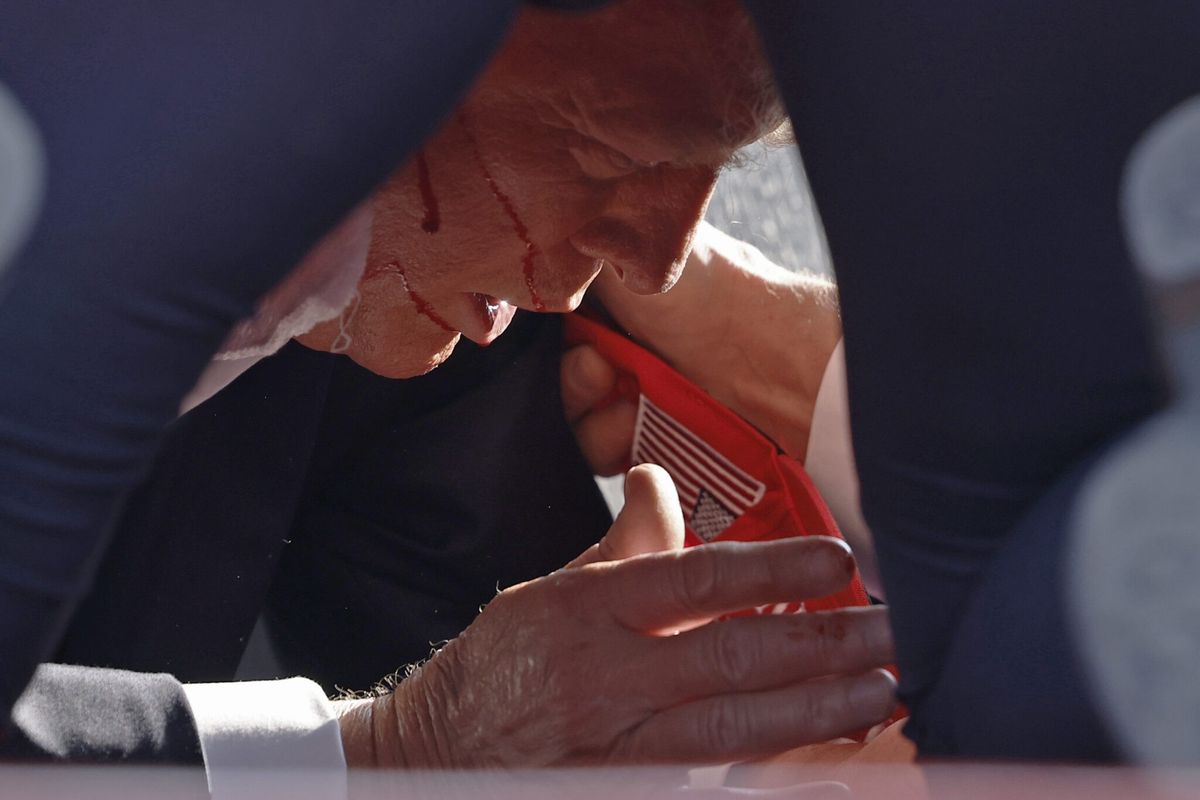Last month, al-Shabaab, an al-Qaeda affiliate based in the Horn of Africa, released a recruitment video showcasing its appetite for poaching. In the video, al-Shabaab members boasted that they don't need hunting permits, proclaimed that jihad is the “tourism of the ummah (nation),” and then proceeded to kill and mutilate a giraffe that was roaming in Kenya’s Boni National Reserve.
Links between terrorist organizations and poaching is a topic that has generated a fair amount of debate. A 2011 publication by the Elephant Action League (EAL) has served as a focal point for the discussion, alleging that proceeds from poaching may comprise up to 40 percent of al-Shabaab’s operating budget.
Critics have undertaken a concentrated effort to disprove the EAL’s findings. A paper issued in September by the UK-based Royal United Services Institute concluded that an “illusion of a terrorism–ivory trade nexus distracts policy-makers and law-enforcement agencies from effectively managing limited resources to tackle both terrorist financing and the illegal ivory trade.” Op-eds appearing in the New York Times and on the Council of Foreign Relations’ website similarly claimed that drawing connections between poaching and terrorist groups diverts attention away from combatting the true sources of terrorist financing, such as private donations, extortion, and the smuggling of sugar and charcoal.
Others maintain that ties between poaching and terrorism are indeed prominent. In a piece for National Geographic, investigative reporter Brian Christy details his personal journey to Africa where he discovered, first-hand, the routes used by the Lord’s Resistance Army (LRA), a terrorist group headed by Joseph Kony, to transport illegal ivory. During his trip, Christy interviewed several witnesses, including LRA defectors and victims, as well as anti-poaching rangers, who said that Kony hunts elephants and collects ivory to help fund his reign of terror.
Martin Regan, a Foreign Affairs Officer with U.S. State Department’s Bureau of Conflict and Stabilization Operations, echoed this sentiment when he explained “Ivory operates as a savings account for Kony.”
One issue that has repeatedly surfaced centers on a lack of concrete proof connecting terrorists to poaching. Evidence has often taken the form of eyewitness testimonials or recorded conversations. Obtaining physical documents or hard files has proven difficult.
However, videos, such as the one released by al-Shabaab, offer a glimpse into the world of terrorist poaching. Sadly, even animals are unable to escape the reach of violent jihad.
Poaching and the illegal ivory trade are both part of a larger illicit network that is regularly exploited by terrorist organizations to help fuel their budgets. Unraveling key trails of terrorist financing requires a shift in debate and sincere deliberation over how best to combat poaching.
Bennett Seftel is the Deputy Director of Editorial at The Cipher Brief.













